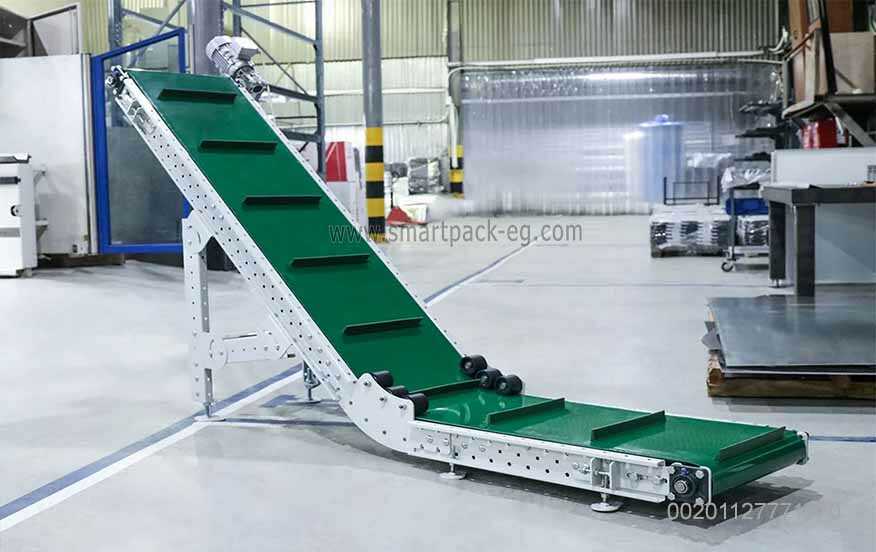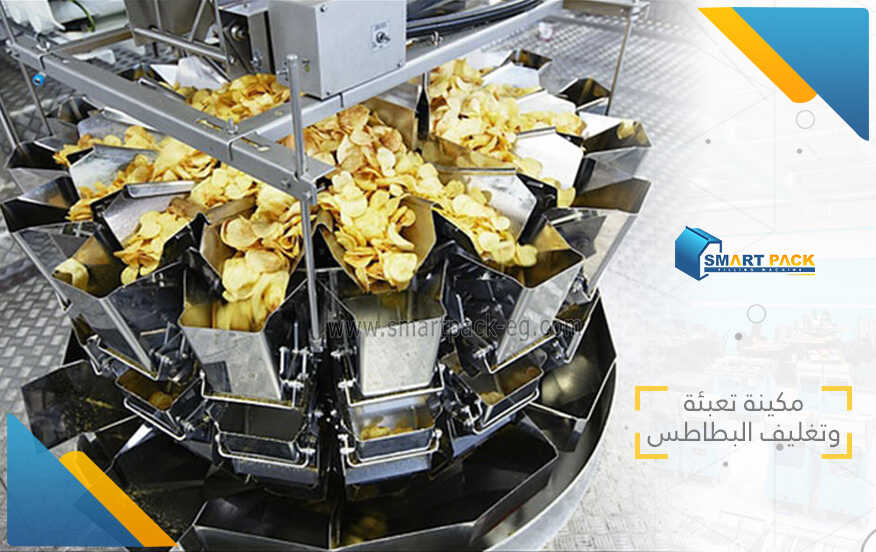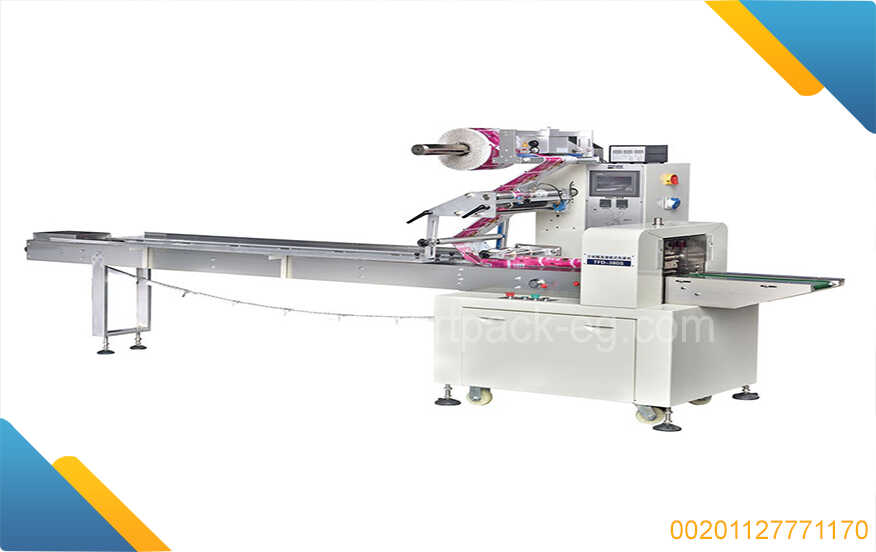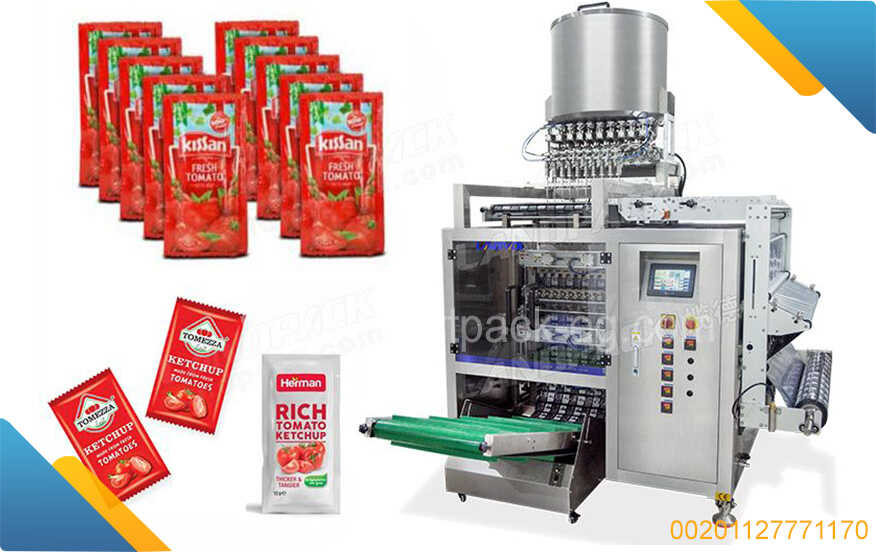How To Guide: Production Line and Packaging Machines for Tomato Sauce
Introduction:
In this guide, I will walk you through the process of setting up a production line for tomato sauce, highlighting the essential steps and the machinery required for efficient packaging. By following these steps, you can optimize your production process, increase productivity, and deliver high-quality tomato sauce to the market.
Step 1: Designing the Production Line
Before acquiring the machinery, it is crucial to have a clear understanding of your production needs. Determine the desired capacity of your production line, considering both present and future requirements. Identify the processes involved, such as washing, chopping, cooking, and bottling. Having a well-designed production line helps you select the appropriate machinery and ensures smooth operations.
Step 2: Washing and Sorting
The initial step in tomato sauce production involves washing and sorting the tomatoes. Invest in a commercial tomato washer that uses high-pressure water jets to remove dirt, impurities, and foreign materials. Simultaneously, opt for a sorting machine equipped with optical sensors that can identify and eliminate any damaged or unripe tomatoes from the production line.
Step 3: Chopping and Cooking
Once the tomatoes are washed and sorted, they need to be chopped and cooked to obtain the desired consistency and flavor. A tomato chopping machine is essential to achieve uniformity in the size of the tomato pieces. Consider a machine that offers adjustable settings to cater to different recipe requirements.
Next, invest in a commercial cooking kettle or a continuous cooker. These machines are designed to cook large quantities of tomato sauce efficiently. Look for features such as precise temperature control, stirring mechanisms to prevent scorching, and timers to ensure consistent cooking times.
Step 4: Pasteurization
To ensure food safety and prolong shelf life, pasteurization is crucial in tomato sauce production. Incorporate a pasteurizer into your production line to eliminate harmful bacteria without compromising the taste and quality of the sauce. This machine uses a combination of temperature and time to achieve proper pasteurization.
Step 5: Packaging
Efficient packaging is essential to preserve the freshness and extend the shelf life of tomato sauce. Here are some key steps to consider in this process:
-
Filling: Invest in a reliable automatic filling machine that accurately dispenses the desired amount of sauce into each container. Consider a machine with adjustable filling speed and volume controls to accommodate different packaging sizes and customer preferences.
-
Capping: Select a capping machine that securely seals the containers to prevent leakage and contamination. Choose a machine capable of handling various cap types, such as twist-off caps or tamper-evident lids.
-
Labeling: An automatic labeling machine will streamline the process of applying labels to your tomato sauce containers. Look for a machine that can handle different label sizes, and consider additional features like date coding functionality or barcode printing.
-
Packaging: Lastly, invest in a reliable packaging machine that can efficiently pack the filled and capped containers into boxes or cartons. Look for a machine that offers flexibility in terms of box size, as well as one that minimizes damage during the packaging process.
Step 6: Quality Control
To ensure consistent quality, incorporate quality control checkpoints throughout the production line. This can include visual inspections, weight checks, or the use of metal detectors to identify any foreign objects that may have been introduced during the manufacturing process.
Conclusion:
By following these steps and investing in the appropriate machinery, you can effectively set up a production line for tomato sauce. Remember to regularly maintain and calibrate your machines for optimal performance. With a well-equipped production line, you can streamline operations, increase productivity, and deliver high-quality tomato sauce to meet market demands.

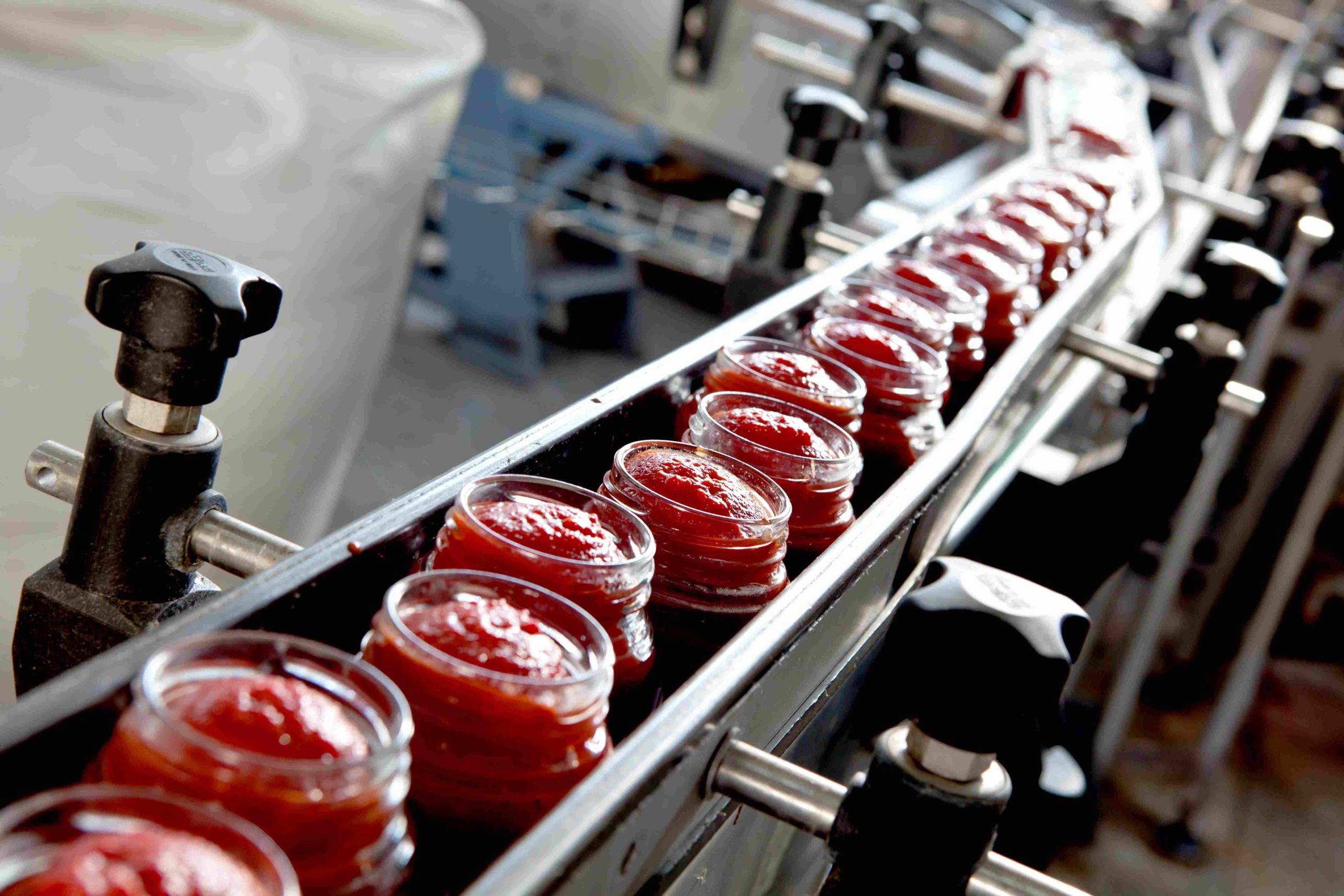
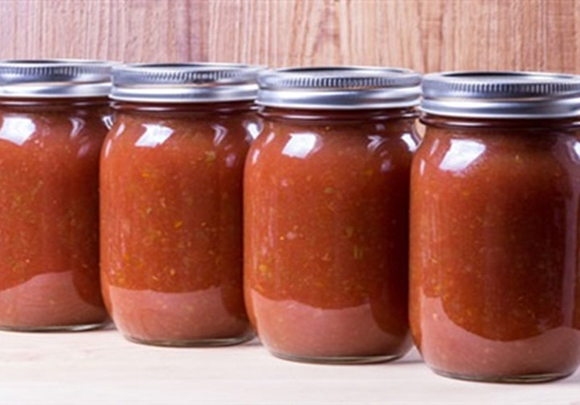
 Admin
Admin 